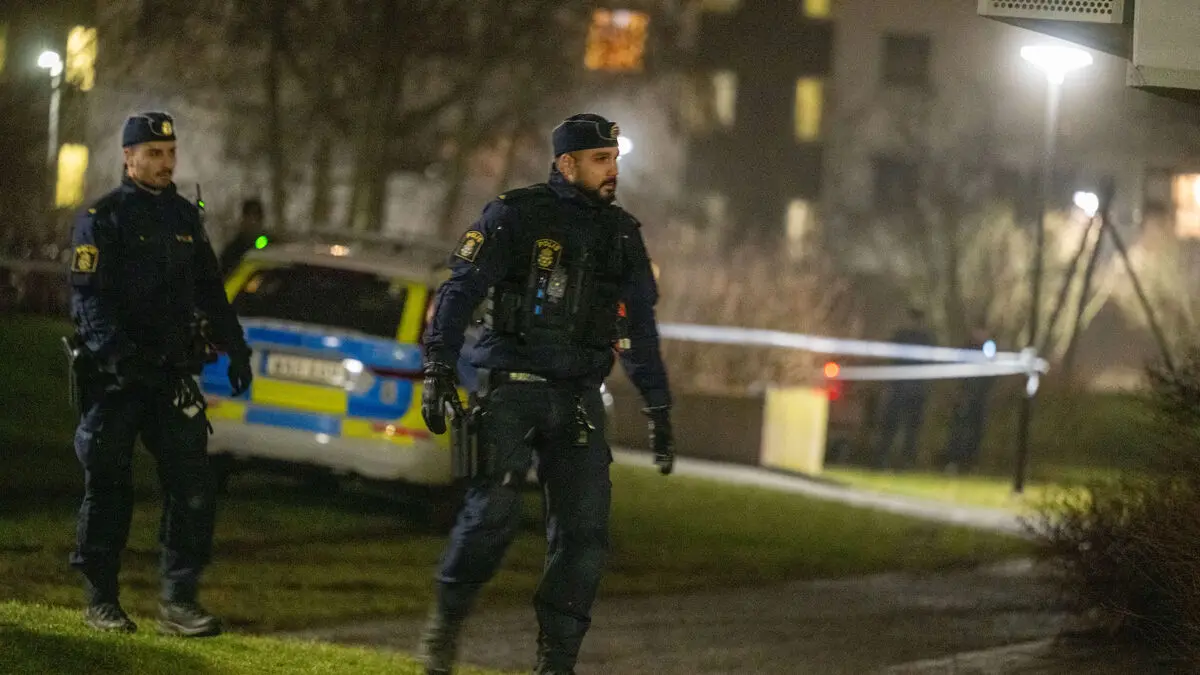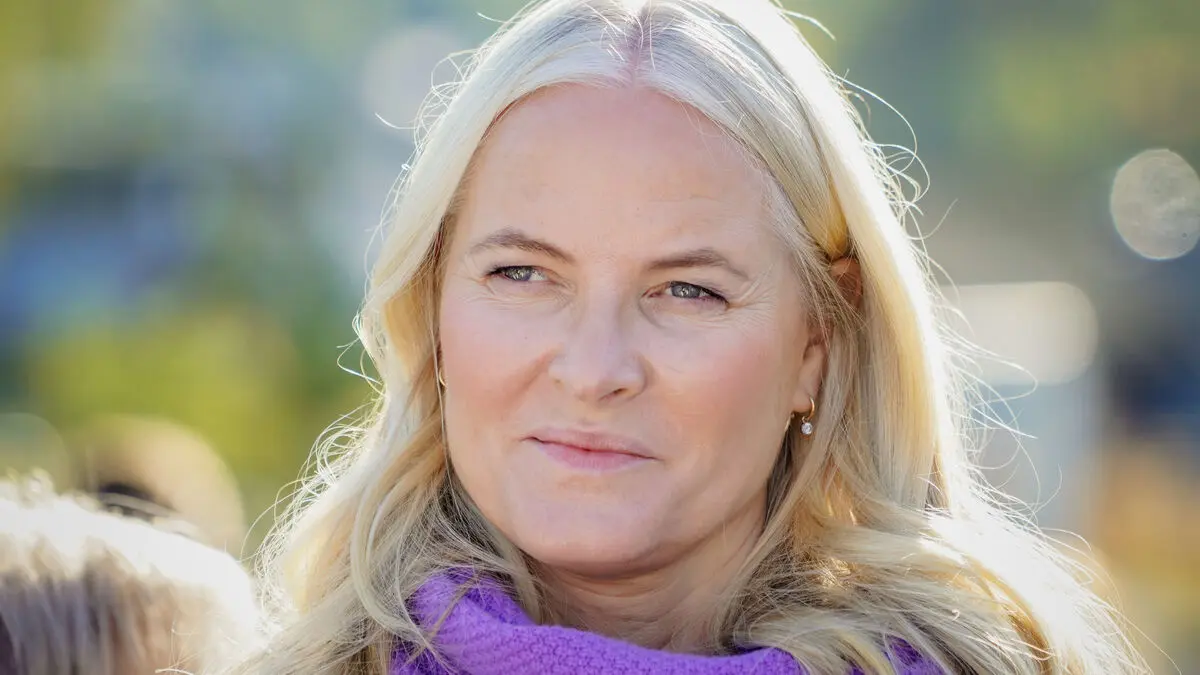The second part of the SD's white paper has, according to media reports, been ready for a year, but it will be released on Thursday during Almedalsveckan in Visby, at the same time as the Social Democrats' day is underway.
It is being released a few hours before Magdalena Andersson's speech, and is being published when Jimmie Åkesson has left Visby. It is probably no coincidence, says Andreas Johansson Heinö, who has read the book in advance.
The first part mapped out the SD's founders and Nazi roots. Part two focuses on the 1990s up to the entry into the Riksdag in 2010.
”A radicalization is taking place”
Author Tony Gustafsson has been given access to the party's archives and has done a thorough job, according to Heinö. There is nothing to suggest that he has been biased, despite Gustafsson having been noted for having been a member of the SD previously.
Heinö, a doctor of political science and publisher at Timbro, who has studied the SD for a longer period, says that the biggest news in the book concerns the 1990s when Jimmie Åkesson joined the party. Exactly when is a bit unclear, but at some point in 1994-1995, the current party leader joined.
The years 1991-1994 have previously been described by the SD as dark years, according to Heinö, but that there was a break when Mikael Jansson took over the party in 1995 and began to clean up. That description does not hold, according to Heinö.
What Gustafsson argues here is that it is not true, but when it comes to ideology, the opposite is happening, a continued radicalization in some respects during the second half of the 1990s.
View of Swedishness
Two examples are a harder view on foreign adoptions, such as that a newborn child who comes to Sweden cannot become Swedish, and the view of Swedishness that continues to become more clearly ethnically based.
Their view that the country should be homogeneous, cultural homogeneity, is strong. So it is a reasonable question to ask the party representatives who joined during those years, says Heinö.
Jimmie Åkesson apologized in his Almedalen speech on Tuesday to all Jews for the fact that anti-Semitism occurred among individual Sweden Democrats.
The author does not show that the party itself was anti-Semitic, according to Heinö, but the amount of anti-Semitic outbursts that were allowed cannot be dismissed.
Gustafsson shows that it is so extensive and then Åkesson must say that he is upset. If he is credible for having been involved during those years, it is up to the voters to decide.





